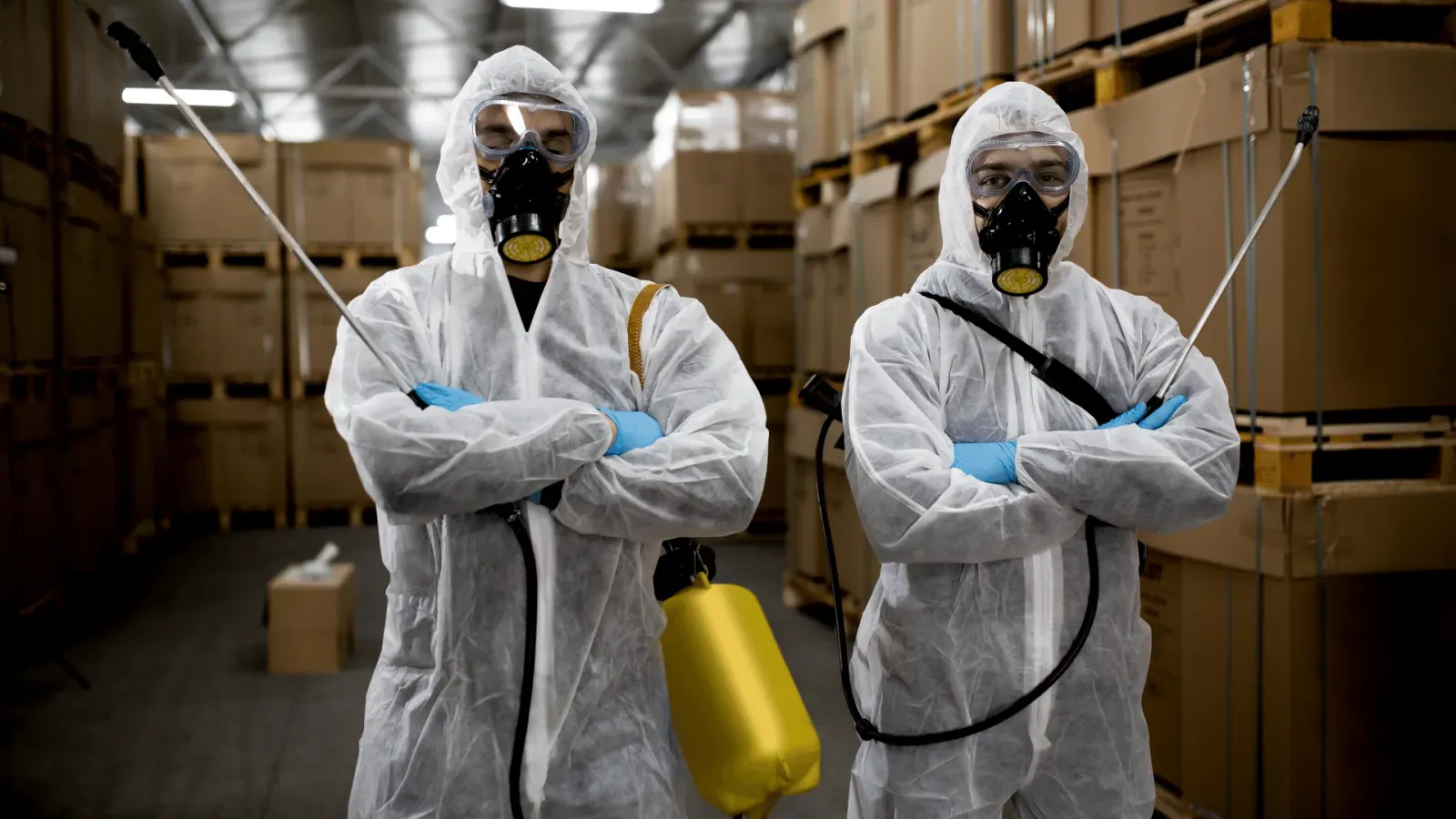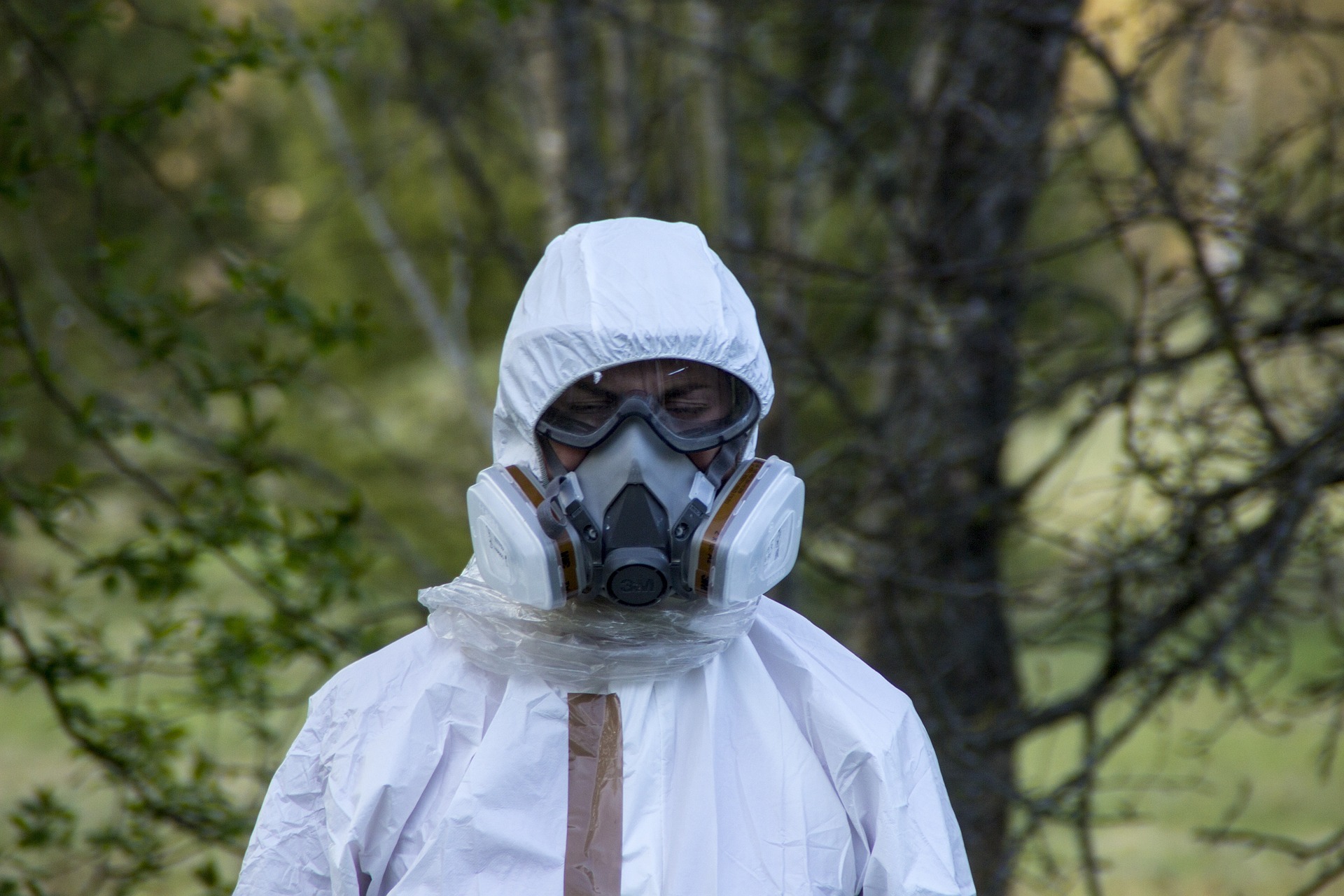Is mold making me sick? (Or is it something else?)


Understanding the root causes of a sickness has never been more important to our society, particularly amidst flu season, Coronavirus and various molds. Sickness from a mold can often be overlooked because it probably isn’t top of mind. Let’s explore the different types of mold, mold poisoning, symptoms of mold exposure and how to determine if mold is causing your symptoms.
3 types of molds
There are three different major types of mold that are important to understand: allergenic, pathogenic and toxigenic.
1. Allergenic
Allergenic molds only impact people who have asthma or a predisposed allergy to the mold, making it the least dangerous of the three.
2. Pathogenic
Pathogenic molds can have a great impact on people who have a suppressed immune system, whether it’s due to an autoimmune disease or immunosuppressant medications. Oftentimes, these people will display a response that mimics pneumonia when they are exposed to pathogenic molds.
3. Toxigenic
Lastly, we look at toxigenic molds which are the most dangerous of the three. They can cause serious damage to a person’s health and have been linked to immunosuppression and cancer. Toxigenic molds can impact everyone with or without health conditions by inhalation, ingestion or touching the mold.
It is important to have this knowledge because although the mold may not affect you, it may impact a loved one or people working in your facilities.
What is mycotoxicosis?
Mycotoxicosis is one of the most dangerous health effects of mold and is commonly known as mold poisoning. In particular, it is a common result of people being heavily exposed to black mold. Mycotoxins are the toxic substances that are released by molds. In general, any mold can produce mycotoxins (which is what leads to mycotoxicosis), but most commonly people associate its infections with black mold. Most often, someone will get mycotoxicosis from eating food that has mold on it. There is currently no evidence that proves inhaling or touching mold results in mycotoxicosis.
Understanding the root causes of a sickness has never been more important to our society, particularly amidst flu season, Coronavirus and various molds. Sickness from a mold can often be overlooked because it probably isn’t top of mind. Below, we discuss different types of mold, mold poisoning, symptoms of mold exposure and how to determine if mold is causing your symptoms.
What are the symptoms of mycotoxicosis?
There are a lot of different symptoms that can occur when it comes to determining if someone has been exposed to mold or is suffering from mycotoxicosis. According to Enviromed, “regular exposure to mold can cause allergy symptoms such as: wheezing/shortness of breath, rash, watery eyes, runny nose, itchy eyes, coughing, redness of the eyes, longstanding or frequent sinusitis.” In addition, some more serious symptoms to be aware of, include “headache and migraines, joint pain, muscle cramping, aches and pains, persistent nerve pain, numbness, tingling or tremors, vertigo/dizziness, frequent colds and flu, fatigue and weakness, poor memory, brain fog, difficulty with focus.”
If someone is experiencing multiple symptoms of mycotoxicosis (mold sickness), talking with your doctor is a great first step. Unfortunately, many of these symptoms can be very common with a multitude of other illnesses and often lead to an incorrect diagnosis.
Another recommendation for a suspicion of mold infection is to have a mold investigation of your building/home conducted. Many firms, such as AMI Environmental perform these investigations and can confirm whether your home, facility or office has a mold problem. This way you can ensure a professional opinion and have peace of mind that mold will not be impacting anyone’s health.
What about humidity and dampness?
Mold most often grows in damp, hot and humid environments. Consistently checking the humidity level in your home is a great way to prevent the growth of mold. One recommendation is to use a dehumidifier if you live in an area that is constantly humid. Humidity is something to be concerned about because that is the biggest enabler to mold growth. An indoor humidity level between 40% and 60% is considered the sweet spot for providing comfort to occupants while minimizing conditions for mold growth.
Constant dampness has also been associated with cockroaches, mice, house centipedes, earwigs and silverfish which can cause allergic and asthmatic reactions in some adults and children. Eliminating dampness can help eliminate these unwelcome “house guests” by removing their reason for setting up shop in the first place.
Common indoor molds
There are a few common indoor molds that are important to be aware of because they can cause common symptoms.
- Cladosporium is a fungus that is commonly found outdoors but also works its way inside to grow on damp surfaces such as textiles and wood. This mold is often associated with symptoms such as hay fever and may trigger asthma symptoms. This mold is not the most dangerous, but is still very important to be aware of because it is fairly common. Cladosporium is a type I and type III mold, which concerns the allergic potential of the mold. Type one molds have the potential to lead to hay fever and asthma, while type III molds can produce hypersensitivity and pneumonitis allergies.
- Another mold to be aware of is penicillium. Penicillium often lives on wallpaper, decaying fabrics, carpet and fiberglass duct insulation. This mold is one to be concerned about because it causes allergies, asthma and may even produce mycotoxins. Penicillium is a type I and type III mold which can potentially lead to hay fever, asthma and hypersensitivity pneumonitis allergies.
- Lastly, stachybotrys is an extremely toxic “black mold” that produces mycotoxins that can cause serious breathing difficulties and bleeding of the lungs, among other health problems,” according to the Functional Medical Institute. This mold is less common than the other two molds mentioned, but can still be found on wood and paper. On the allergy spectrum, stachybotrys is a type I mold which can lead to hay fever and asthma allergies.
.
What should I do if I suspect mold growth?
There are several steps you can take to investigate the cause of your symptoms. Getting an expert opinion can be especially helpful nailing down a cause is high priority.
Option 1: Talk with your doctor about your symptoms.
Be sure to mention any environmental concerns (like dampness, funky smells or visible mold) and be aware that mold symptoms are often overlap with or can be mistaken for other issues.
Option 2: Request a mold investigation.
If multiple people are experiencing symptoms, symptoms are ongoing, or there is a reason to suspect mold growth, an environmental firm like AMI can conduct a field survey to identify unhealthy dampness and rule out possible mold growth.
In conclusion
Overall, mold exposure can be very dangerous, and it is important to make sure that you are taking the necessary precautions in your home or facility. Continuously checking your home or facility is very important because mold infections can be very damaging to people’s health. AMI Environmental offers inspections to ensure that you feel safe in your home.
related blogs

Why Indoor Air Quality Investigations is a Necessity in These Times?

Few Important Tips to Help You Select Environmental Consulting Services!




